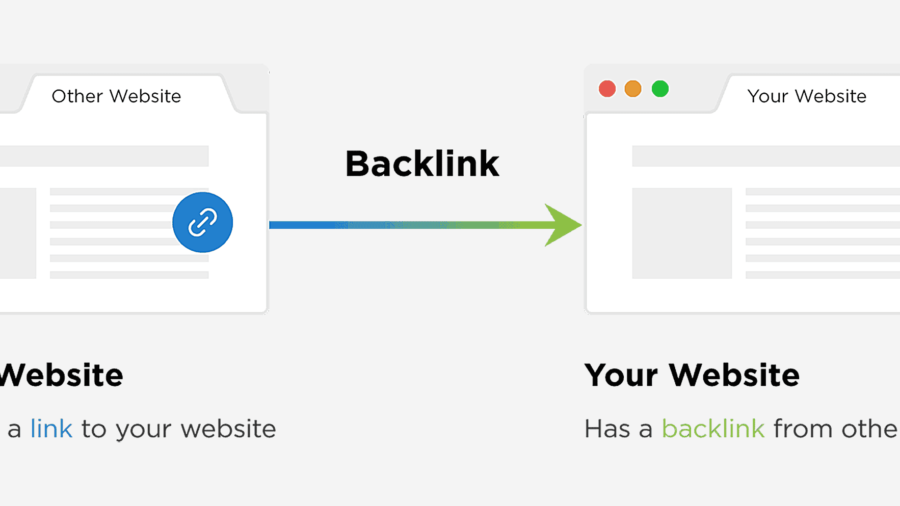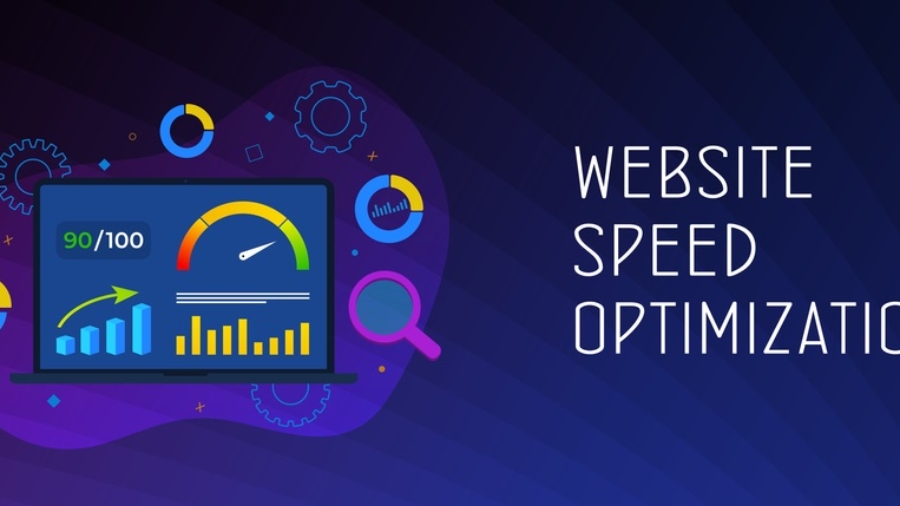Backlinks are the backbone of SEO. They act as endorsements from other websites, signaling to search engines that your content is valuable and trustworthy. In this guide, we’ll explore what backlinks are, their importance, and how to manage them effectively.
What Are Backlinks?
A backlink is a hyperlink from one website to another. Think of it as a vote of confidence; when a reputable site links to your content, it tells search engines that your site is credible.
Why Are Backlinks Important?
Backlinks are crucial for several reasons:
-
Authority & Trust: Search engines view backlinks as endorsements.
-
Improved Rankings: Quality backlinks can boost your site’s position in search results.
-
Referral Traffic: They can drive visitors from other websites to yours.
According to Backlinko, backlinks are like votes of credibility from other sites. backlinko.com
Quality Over Quantity
Not all backlinks are created equal. A few high-quality backlinks from authoritative sites are more beneficial than numerous low-quality ones.techdayhq.com
Neil Patel emphasizes that focusing on the quality of backlinks is more effective than merely increasing their number. neilpatel.com
The Danger of Bad Links
Bad or toxic backlinks can harm your website’s reputation and rankings. These include links from spammy sites, link farms, or irrelevant sources.backlinko.com
Backlinko warns that toxic backlinks are links from external websites that can harm your site’s ranking and online reputation. backlinko.com+1backlinko.com+1
Identifying Good Link Opportunities
To build a strong backlink profile:
-
Relevance: Seek links from sites related to your niche.
-
Authority: Target reputable and well-established websites.
-
Engagement: Participate in industry forums and communities.linkedin.com
LinkedIn advises finding authoritative links from sites in your space and pursuing links of your own. linkedin.com
Tools to Manage Backlinks
Managing your backlinks is essential. Tools like Ahrefs, SEMrush, and Moz can help you monitor your backlink profile, identify toxic links, and discover new link-building opportunities.
Conclusion
Backlinks are a vital component of SEO. By focusing on acquiring high-quality backlinks and avoiding toxic ones, you can enhance your website’s authority, improve search rankings, and drive more traffic.





